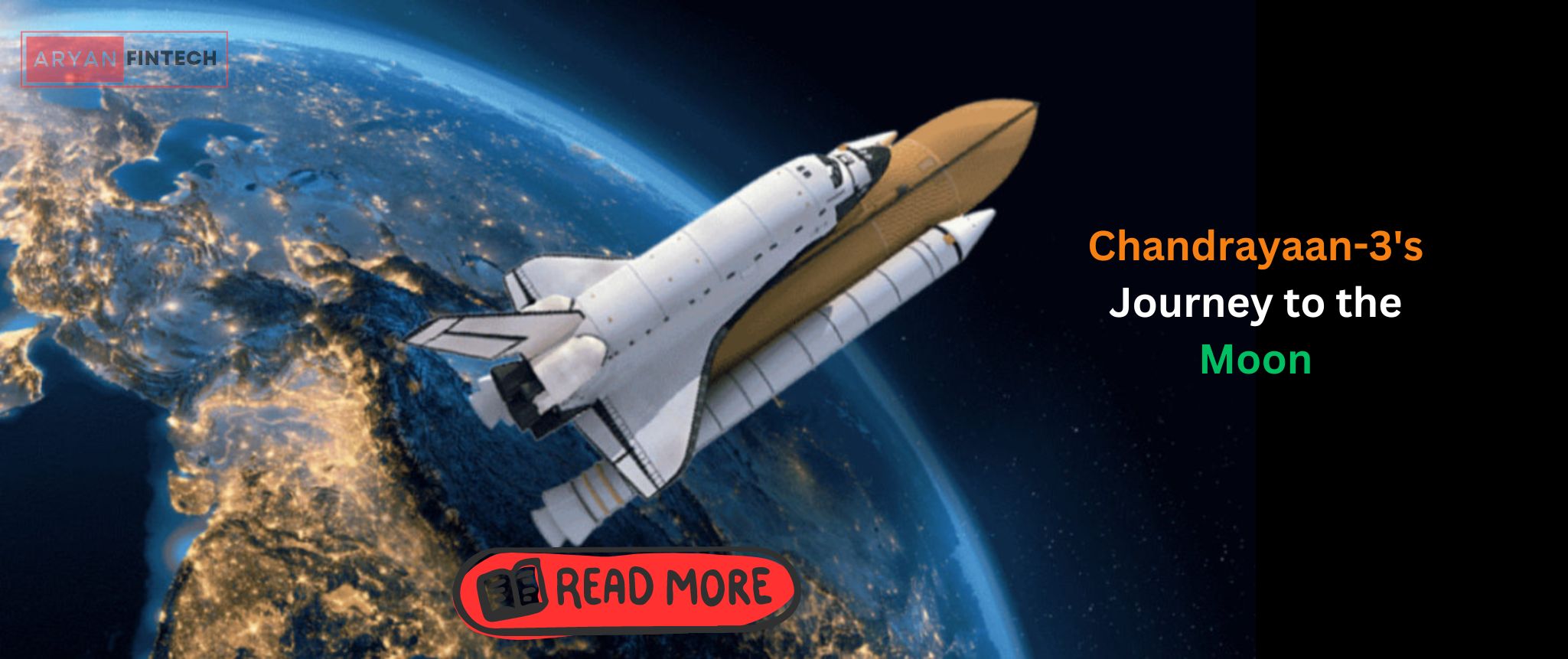The allure of the moon has captivated humanity for centuries. Its silvery glow and enigmatic presence in the night sky have inspired poets, scientists, and dreamers alike. Over the years, we have made significant strides in unraveling the mysteries of our cosmic neighbor, and India’s Chandrayaan-3 mission is set to take us even further on this fascinating journey.
Chandrayaan: A Brief Overview
Before we delve into the details of Chandrayaan-3, let’s take a quick look at its predecessors. Chandrayaan-1, launched in 2008, marked India’s first lunar mission and played a crucial role in the discovery of water molecules on the moon’s surface. This groundbreaking revelation hinted at the possibility of water ice in the moon’s polar regions, which could have far-reaching implications for future space exploration.
Chandrayaan-2, launched in 2019, aimed to build upon the success of its predecessor by deploying an orbiter, lander, and rover to explore the moon’s south polar region. While the orbiter continues to send valuable data and images back to Earth, the lander unfortunately faced a soft landing failure, leaving the rover stranded on board.
Enter Chandrayaan-3: A Fresh Endeavor
Chandrayaan-3 emerges as India’s renewed effort to conquer the lunar frontier. The mission is primarily focused on delivering a successful lunar lander and rover, reminiscent of Chandrayaan-2’s original objectives. Learning from past experiences, the Indian Space Research Organization (ISRO) has meticulously crafted Chandrayaan-3 to ensure a smooth and precise landing on the moon’s surface.
Objectives and Scientific Goals
Chandrayaan-3’s objectives encompass a wide array of scientific and technological goals:
Lunar Geology: The mission aims to study the moon’s surface composition, mineralogy, and its evolution over time. By analyzing these aspects, scientists hope to gain deeper insights into the moon’s geological history and its connection to Earth’s own past.
Water Exploration: Building on the findings of Chandrayaan-1, Chandrayaan-3 will further investigate the presence of water ice in the moon’s polar regions. The confirmation of substantial water resources on the moon could revolutionize our approach to future space missions, enabling the production of vital resources like oxygen and hydrogen.
Technological Advancements: Chandrayaan-3 serves as a testament to India’s growing prowess in space technology. The mission incorporates innovative engineering solutions, improved landing systems, and advanced rover capabilities, setting the stage for more ambitious interplanetary endeavors.
The Path Ahead
As preparations for Chandrayaan-3 gather momentum, excitement among the scientific community and the public continues to grow. The mission symbolizes India’s unwavering commitment to space exploration and its determination to push the boundaries of human knowledge.
Chandrayaan-3’s success is not only a triumph for India but also a testament to international collaboration and the shared human pursuit of discovery. As the spacecraft embarks on its voyage to the moon, it carries with it the hopes and aspirations of a nation and serves as an inspiration to all those who dare to dream of the stars.
In the grand tapestry of space exploration, Chandrayaan-3 represents another stitch, weaving together the story of our cosmic curiosity. As we eagerly await the next chapter in this remarkable journey, let us marvel at the ingenuity, determination, and spirit of exploration that drive us to reach for the skies and beyond.

